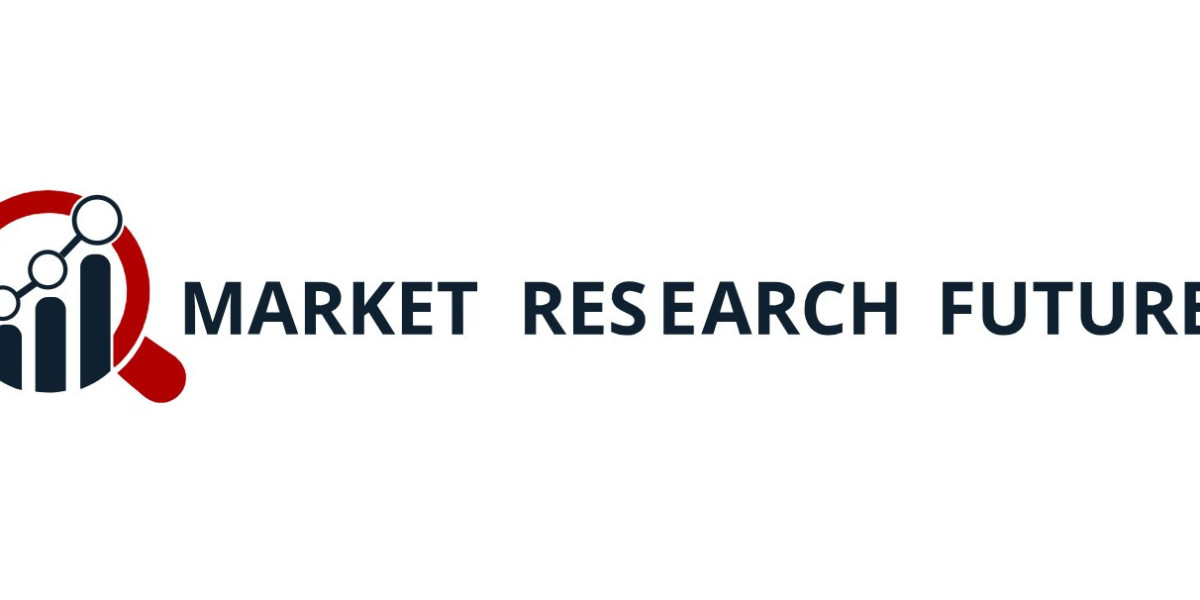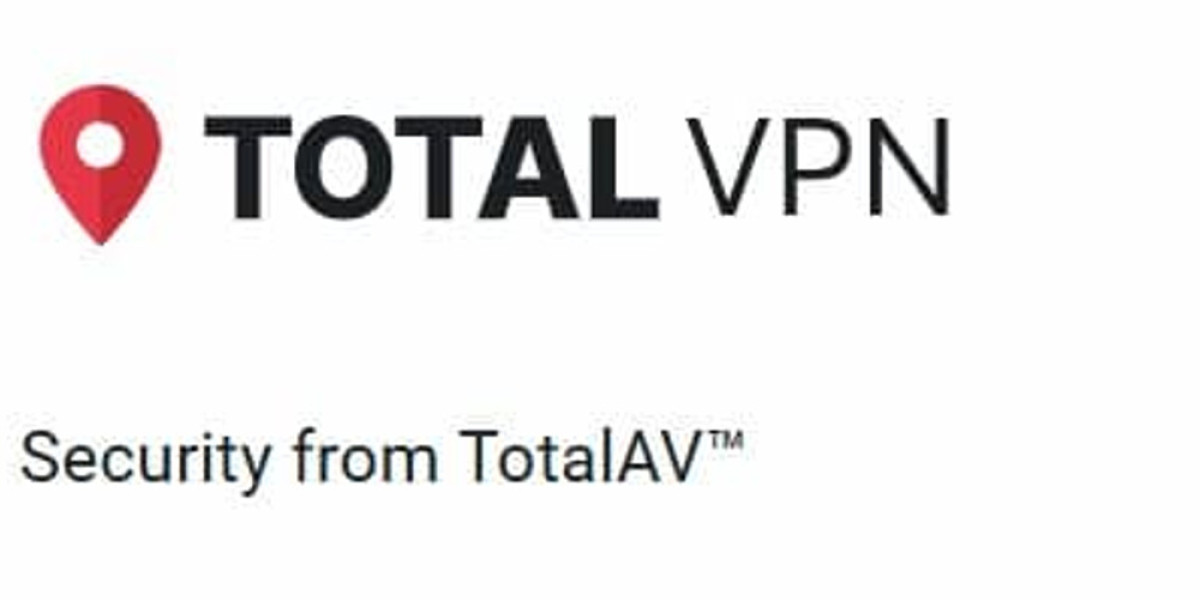The Assistive Technologies for AI in Cancer Diagnostic Market is witnessing significant regional diversification as countries invest in AI-driven healthcare systems. North America leads due to advanced technological infrastructure, robust R&D capabilities, and strong partnerships between AI developers and oncology institutions. Europe follows closely, focusing on regulatory harmonization and the ethical use of AI in medical diagnostics. Meanwhile, the Asia-Pacific region is rapidly emerging as a key growth hub, driven by the rising prevalence of cancer and increasing adoption of AI-assisted imaging in hospitals across India, China, and Japan. Governments in these regions are promoting digital healthcare initiatives to enhance diagnostic precision and accessibility.
In addition to developed nations, emerging economies are also recognizing the potential of AI-powered assistive tools in improving cancer outcomes. AI integration in diagnostic labs and telemedicine platforms is enabling faster, more accurate screening even in resource-limited areas. These regional variations highlight the diverse adoption patterns and policy frameworks that influence the sector’s evolution. For further regional insights, visit Assistive Technologies for AI in Cancer Diagnostic Market region.
Segmentation also influences regulatory compliance and clinical trial design, ensuring that AI-based solutions meet global standards. By targeting specific market segments, companies can focus on developing AI tools that address unique clinical challenges while maintaining scalability. This approach fosters innovation, improves patient care, and strengthens competitive positioning in the rapidly growing AI cancer diagnostic sector. For more insights, visit Assistive Technologies for AI in Cancer Diagnostic Market Segment
FAQs
Q1. Which regions dominate the AI in cancer diagnostic field?
A1. North America and Europe lead, with Asia-Pacific showing rapid growth potential.
Q2. What factors contribute to regional differences?
A2. Technological infrastructure, healthcare spending, and policy frameworks play major roles.
Q3. Is AI adoption uniform across regions?
A3. No, it varies widely based on local healthcare systems and government initiatives.








